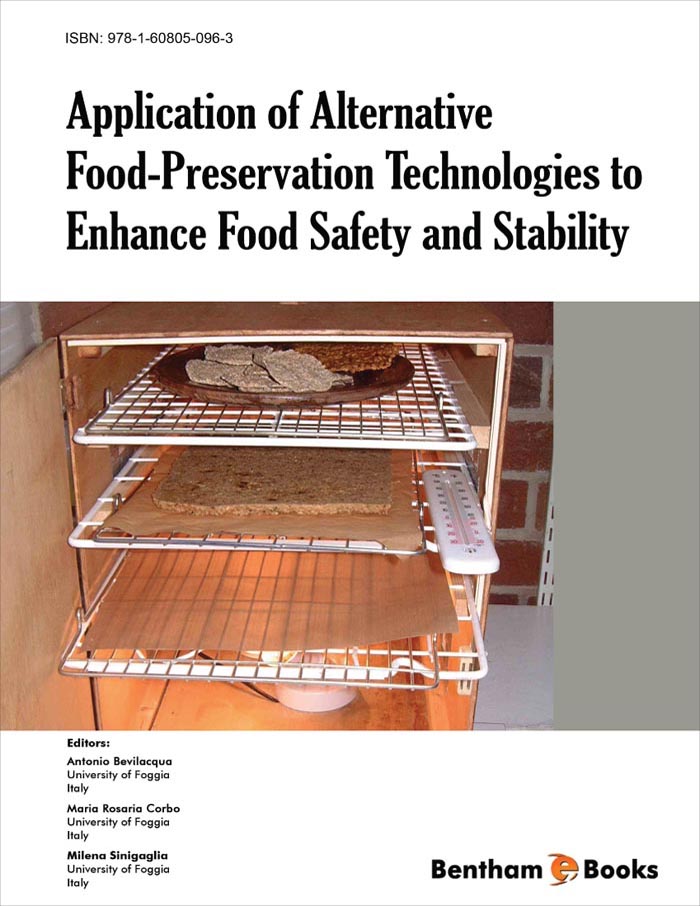Foreword
Preservation is a continue fighting against pathogens and spoiling microorganisms to maintain foods safety at high quality levels; in addition, there is also the trend towards green consumerism, i.e. the consumption of foods with high levels of nutrients and nutraceutical compounds without chemical preservatives.
This e-book can be considered as a suitable answer to the consumer demand, as it offers some useful alternatives to traditional thermal processing, focusing both on the antimicrobial effectiveness of the proposed approaches and a description of their effects on food structure and health. Moreover, the chapters on the key-concepts of risk assessment and mathematical modeling of microbiological data, along with the two appendices on the microencapsulation and non-conventional atmospheres, add some important topics for food microbiologists.
It is quite impressive to note that the editors and authors have tried to capture a wide and dynamic topic in a series of captivating chapters, highlighting on newly emerging technologies, protocols, methodologies and approaches, advantages, new school of thoughts from around the world, potential future prospects and also negative criticism that is associated with some frontier development of green consumerism.
I think that the e-book will be beneficial to students and researchers in different fields of food microbiology and technology; I wish the authors and editors great success and hope that this book will be the 1st work of a new editorial series.

